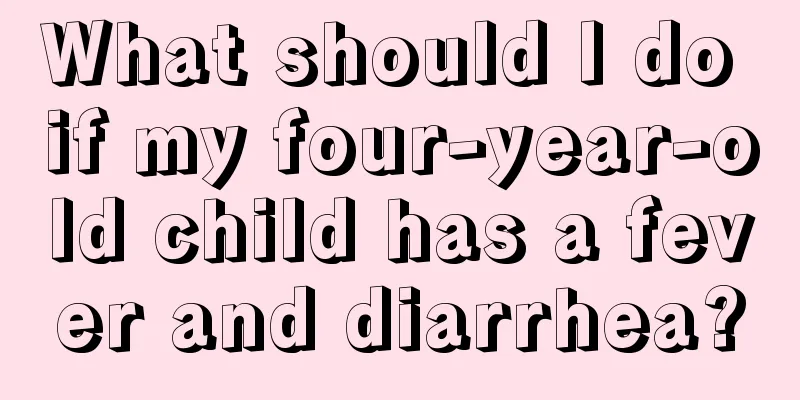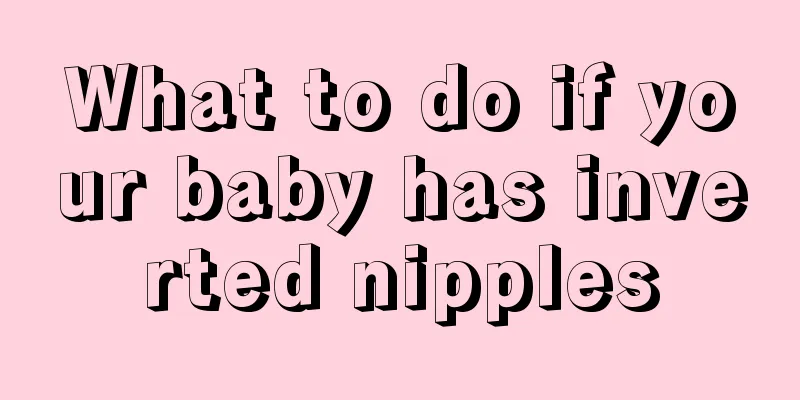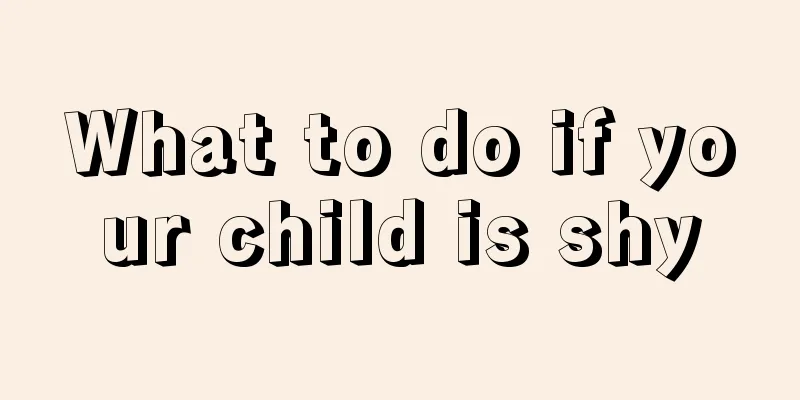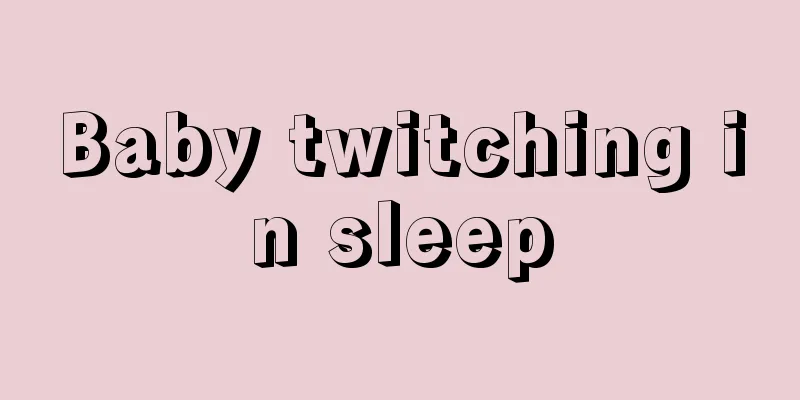What should I do if my four-year-old child has a fever and diarrhea?

|
Children are young and have poor physical fitness. Once they feel unwell, especially if they have a fever, their families still need to be vigilant. So what should you do if a four-year-old child has a fever and diarrhea? The phenomenon of fever accompanied by diarrhea cannot be underestimated. No matter what the cause is, it needs to be dealt with as soon as possible to regulate the child's body so as not to hinder normal development. Viral diarrhea can be caused by digestive tract and respiratory tract infections. The onset is generally acute, with symptoms of upper respiratory tract infection such as cough and runny nose. Children often have fever, which can be as high as 39-40 degrees Celsius. When the disease occurs, watery or egg-drop-like stools will be discharged, often accompanied by mucus, but without a fishy smell. For this type of diarrhea in children, antiviral drugs are usually given for treatment. The children can take ribavirin and antiviral oral liquid while taking montmorillonite powder or Mommy Love as auxiliary treatment. Regardless of whether the diarrhea is caused by bacterial infection or viral infection, in addition to medication, parents should also adjust their children's diet, give them light and easy-to-digest food or liquid food, and avoid eating cold, spicy or greasy food. If your child has frequent diarrhea, timely infusion treatment is required to replenish water and electrolytes to avoid dehydration. If the child's fever is less than 38.5 degrees, do not rush to give the child medicine. You can use physical cooling methods. If the fever exceeds 38.5 degrees, you can take antipyretic drugs under the guidance of a doctor. Give your child plenty of water during this period. For diarrhea caused by bacterial infection, under the guidance of a doctor, you can give your child antibiotics such as cephalosporin and azithromycin, plus auxiliary treatments such as Mommy Love and montmorillonite powder that regulate the flora and stop diarrhea. If the diarrhea is severe, intravenous fluid therapy is also needed to prevent the child from becoming dehydrated. Give your child plenty of fluids to drink during diarrhea. During the period of diarrhea, due to repeated diarrhea, feces can easily irritate the skin of the child's buttocks, causing the child to have a red buttocks. Parents should pay attention to the cleanliness and care of the child's buttocks. Rinse the buttocks and perineum with clean water after each defecation, but do not use alkaline cleansers. Through the above introduction, everyone is clear about what to do if a four-year-old child has a fever and diarrhea. When a child has a fever, family members need to cool the child down as soon as possible. The child must not have a high fever, otherwise it will easily lead to other health risks. Of course, it is also important to regulate the child's stomach and improve digestive function. |
<<: What is the reason for a two-year-old baby to have a fever and convulsions?
>>: At what fever will a child have convulsions?
Recommend
7-year-old child grinds his teeth when sleeping at night
Children often have problems sleeping at night. F...
Why does an 8-year-old child wet the bed?
If an eight-year-old child still wets the bed, it...
What to do if your child has a bad constitution
As economic life becomes more and more prosperous...
What to do if your six-month-old baby has pneumonia
Pneumonia affects certain age groups. No matter w...
The reason why 2-year-old baby has yellow hair
In life, many parents will find that their baby&#...
Baby sleepiness after swimming
Children's sleep pattern is based on their ag...
Tooth decay
When a child's teeth are eaten by insects, it...
What are the diagnosis and treatment methods for childhood asthma?
Some children may experience sneezing, dry coughi...
How to deal with a baby who has a fever and keeps crying
Baby fever is a very common problem. Moreover, ma...
What to do if your baby has a cough and runny nose
A baby is the future and hope of every parent. Es...
Can a four-month-old baby eat watermelon if he gets angry?
We all know that watermelon is a great summer foo...
What should I do if my child has recurrent bronchial pneumonia?
Some people think that pneumonia only exists in m...
Why does my 3-year-old baby have leg pain?
The baby’s health is the focus of every family’s ...
What are the symptoms of wind-heat cold in children?
Everyone knows that colds are inevitable in life....
What causes black spots on baby teeth?
Some parents have reported that their children ha...









